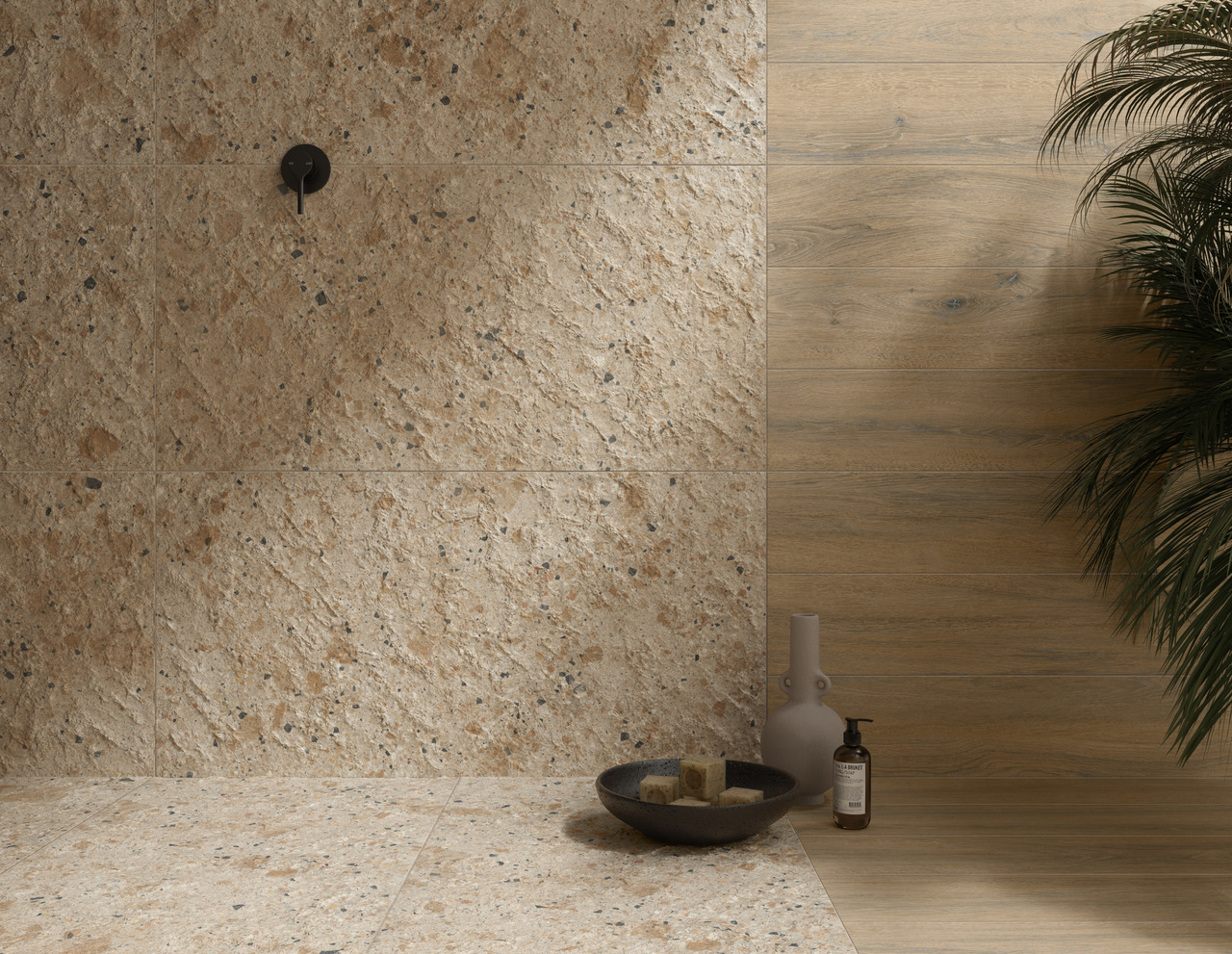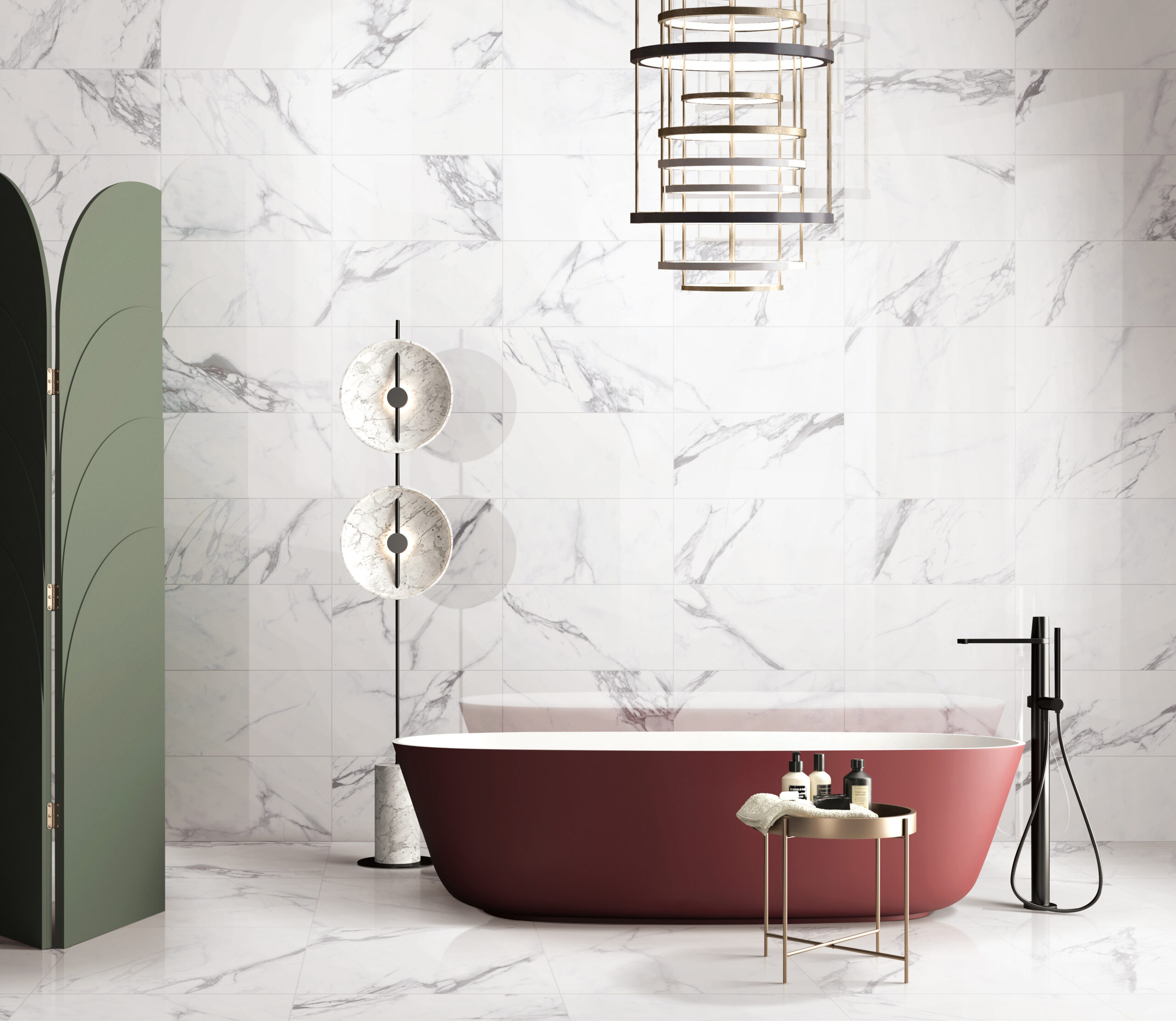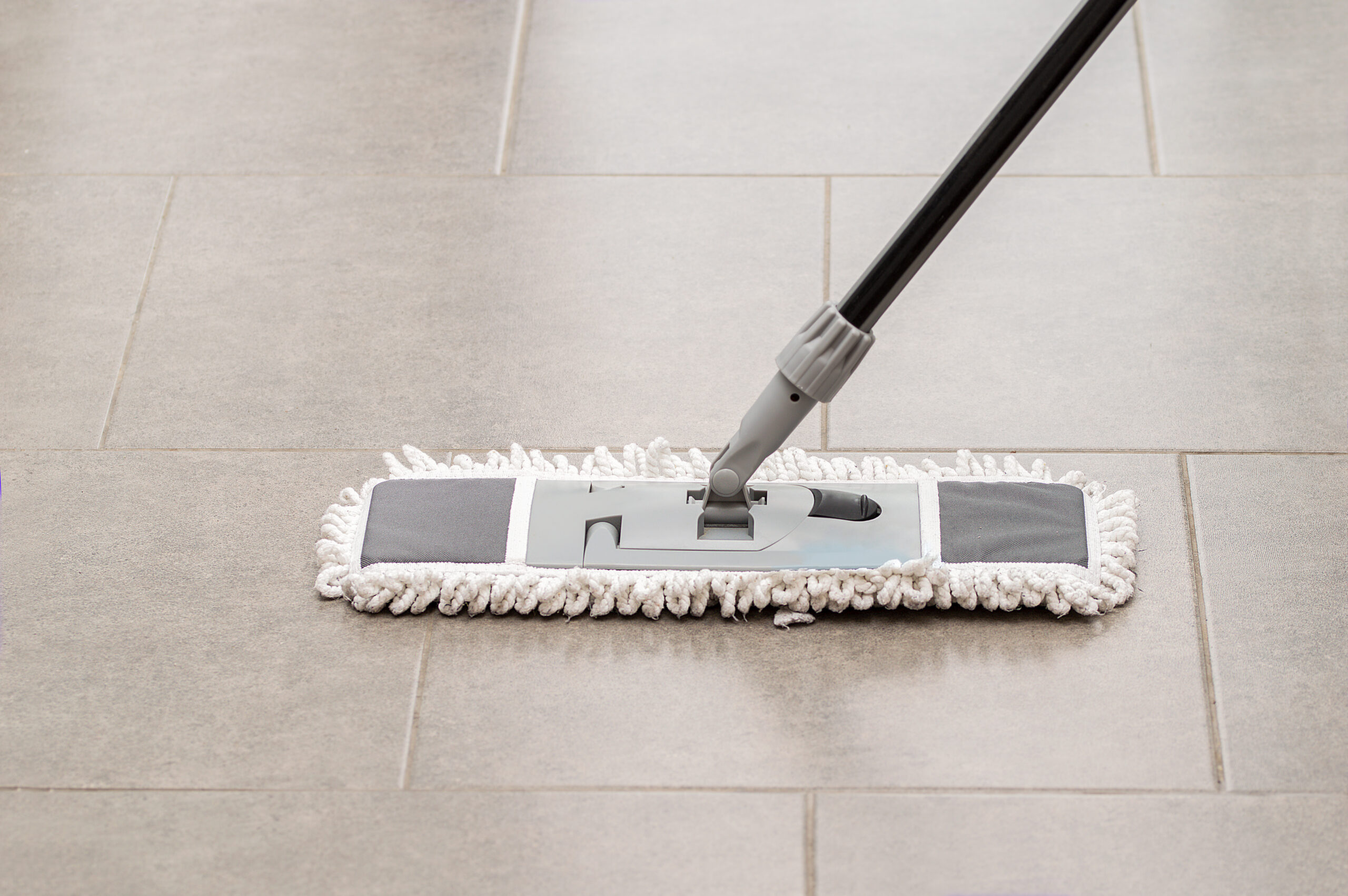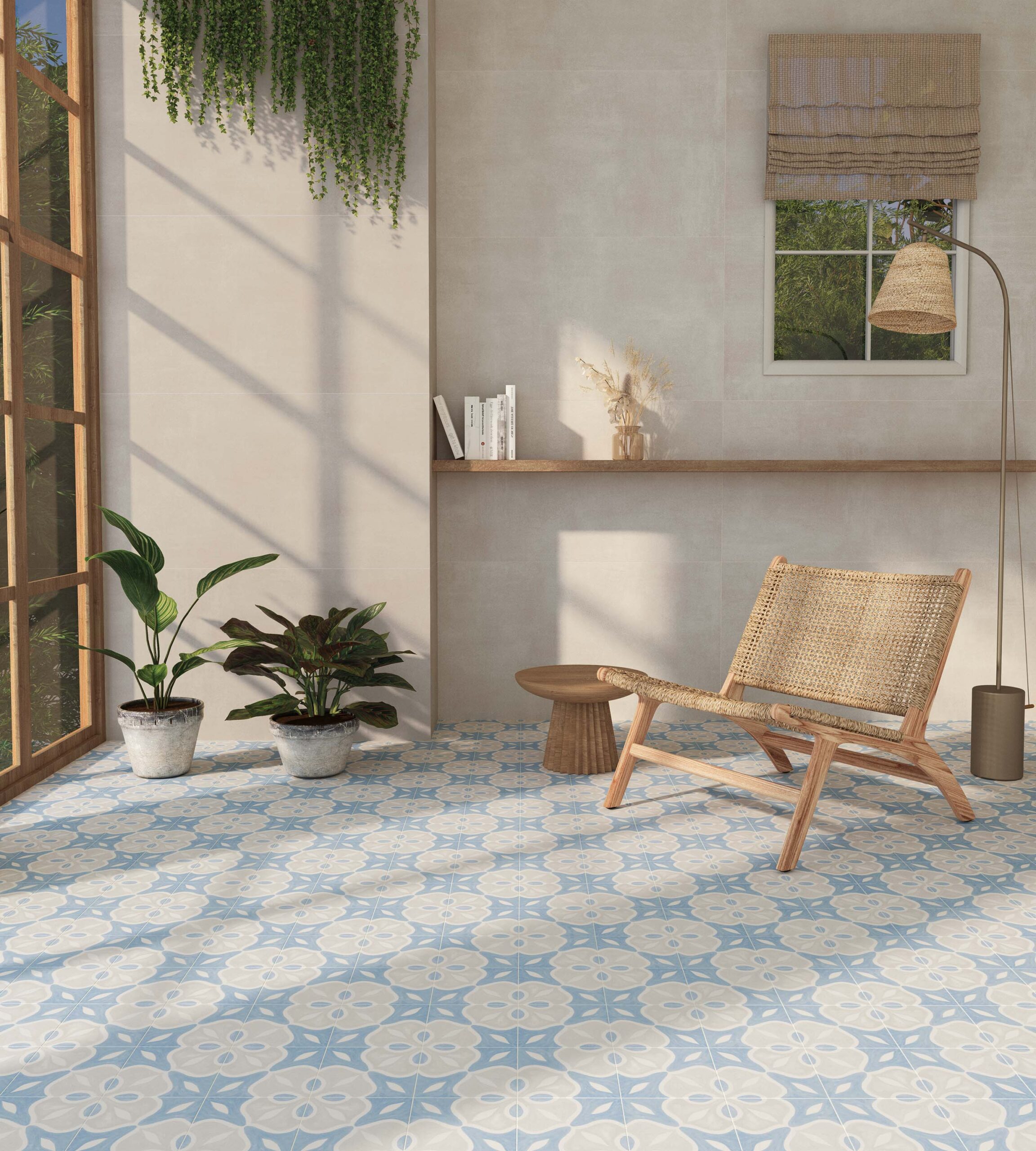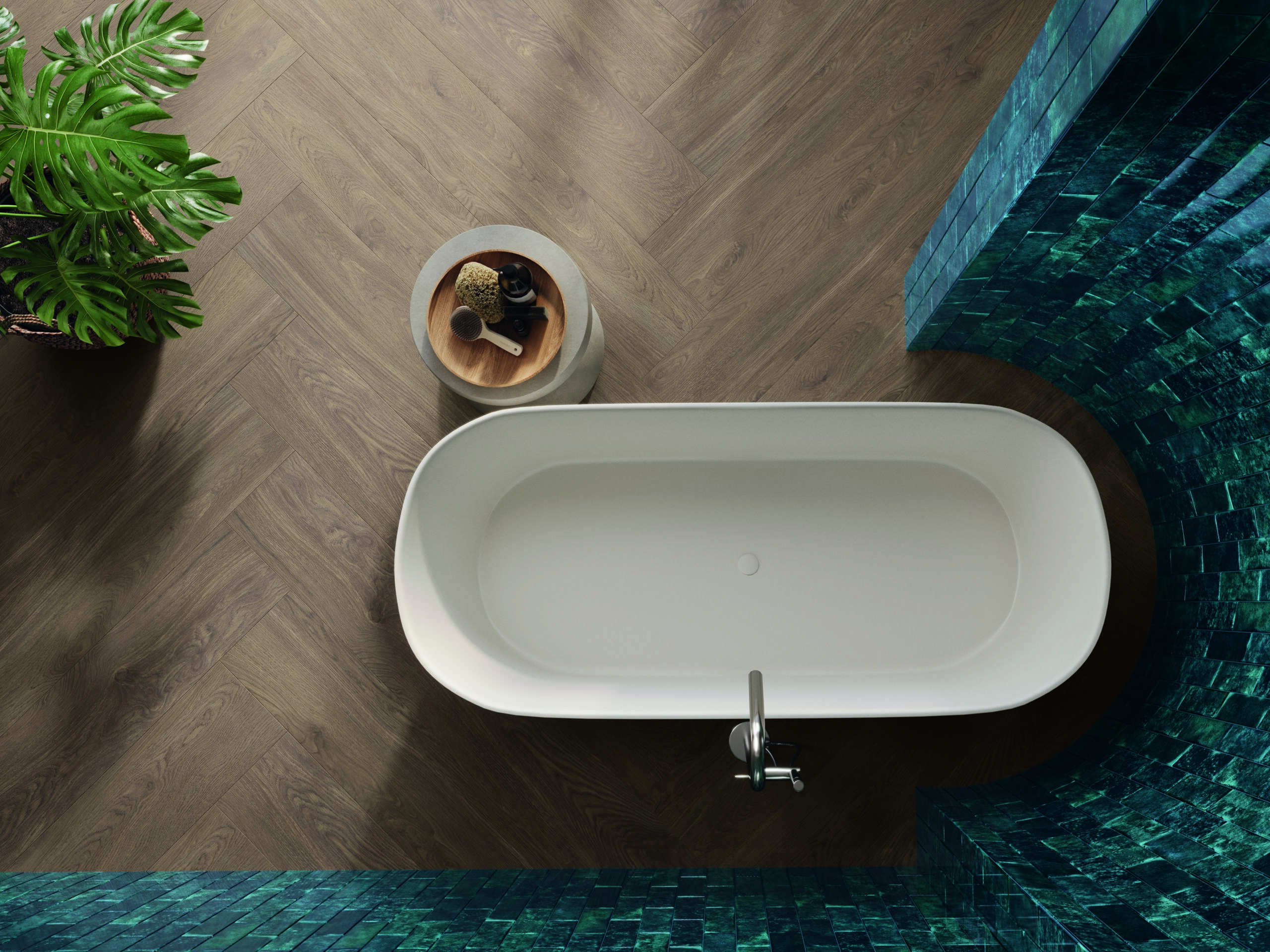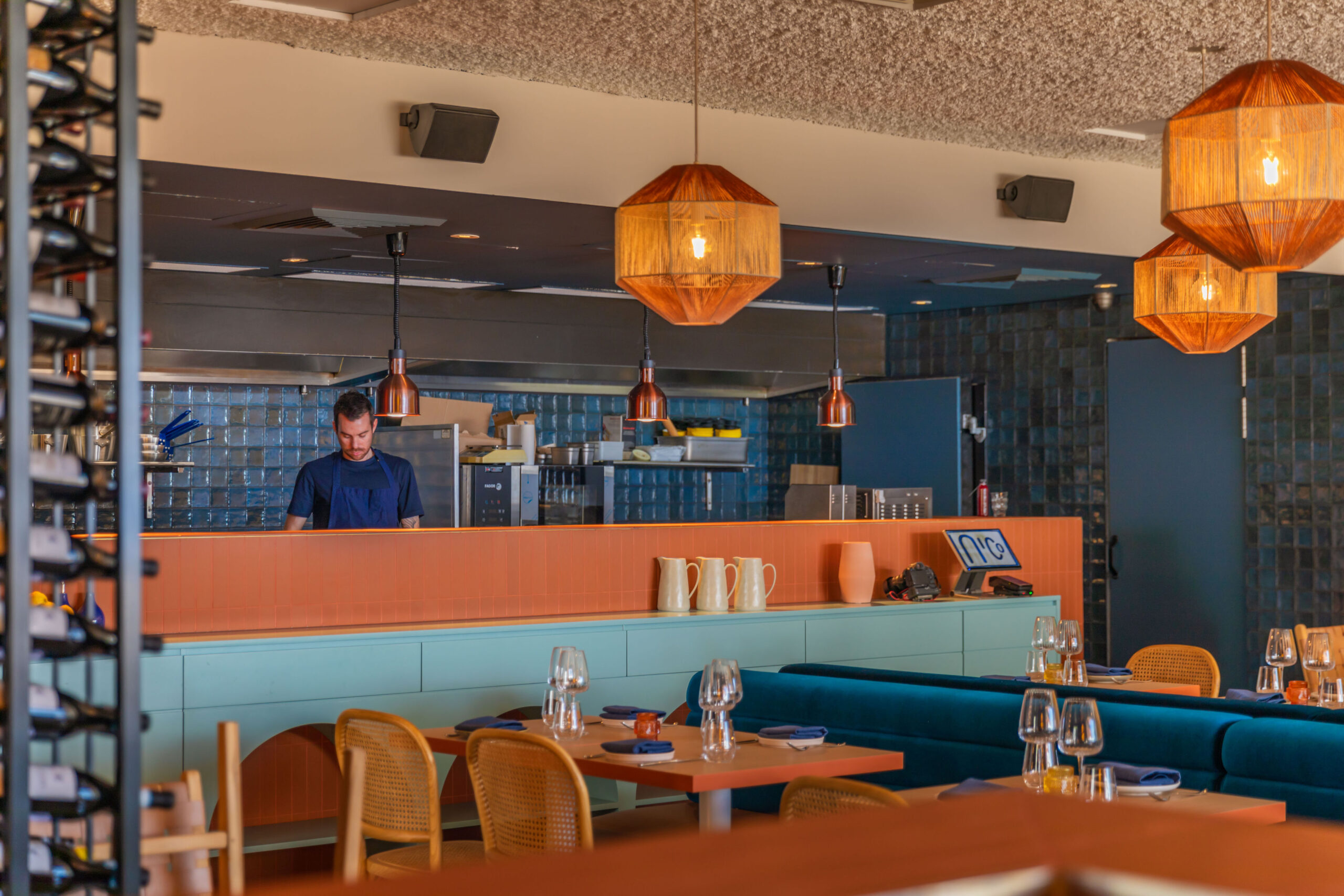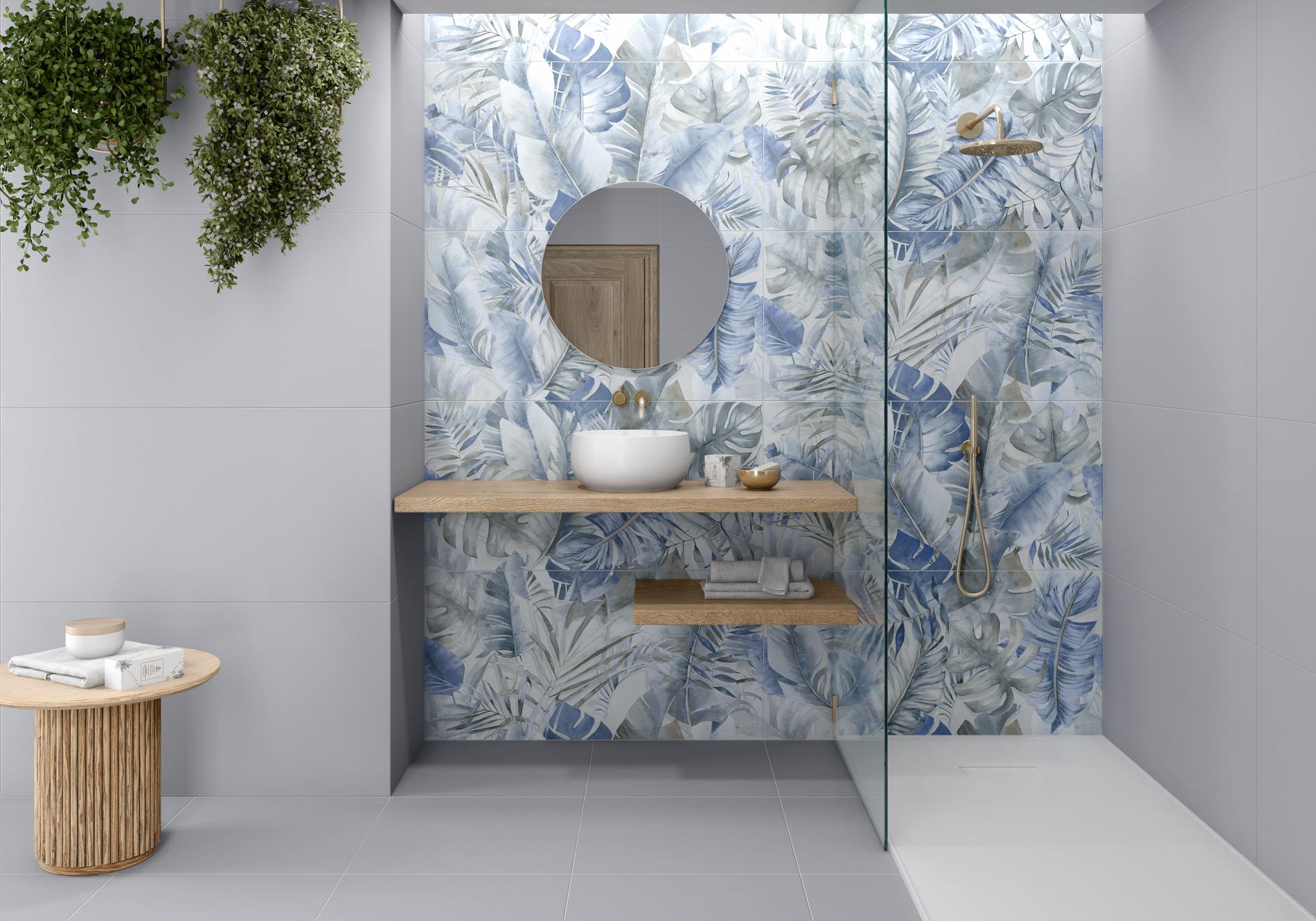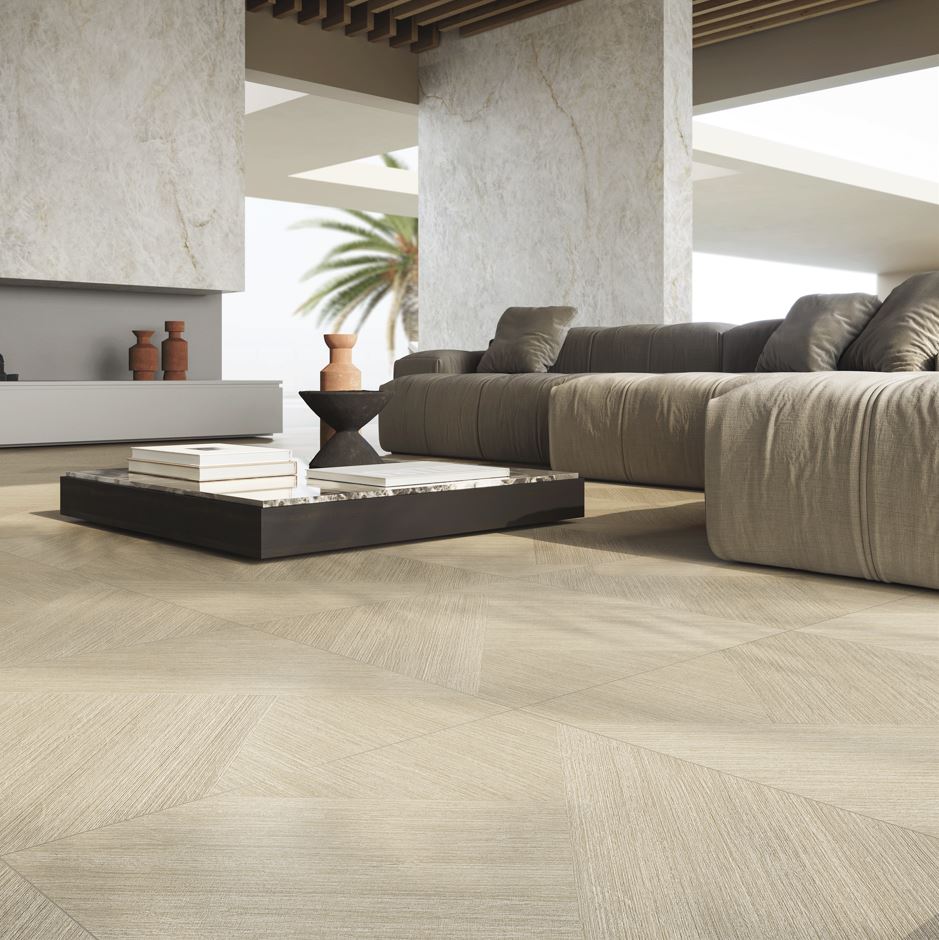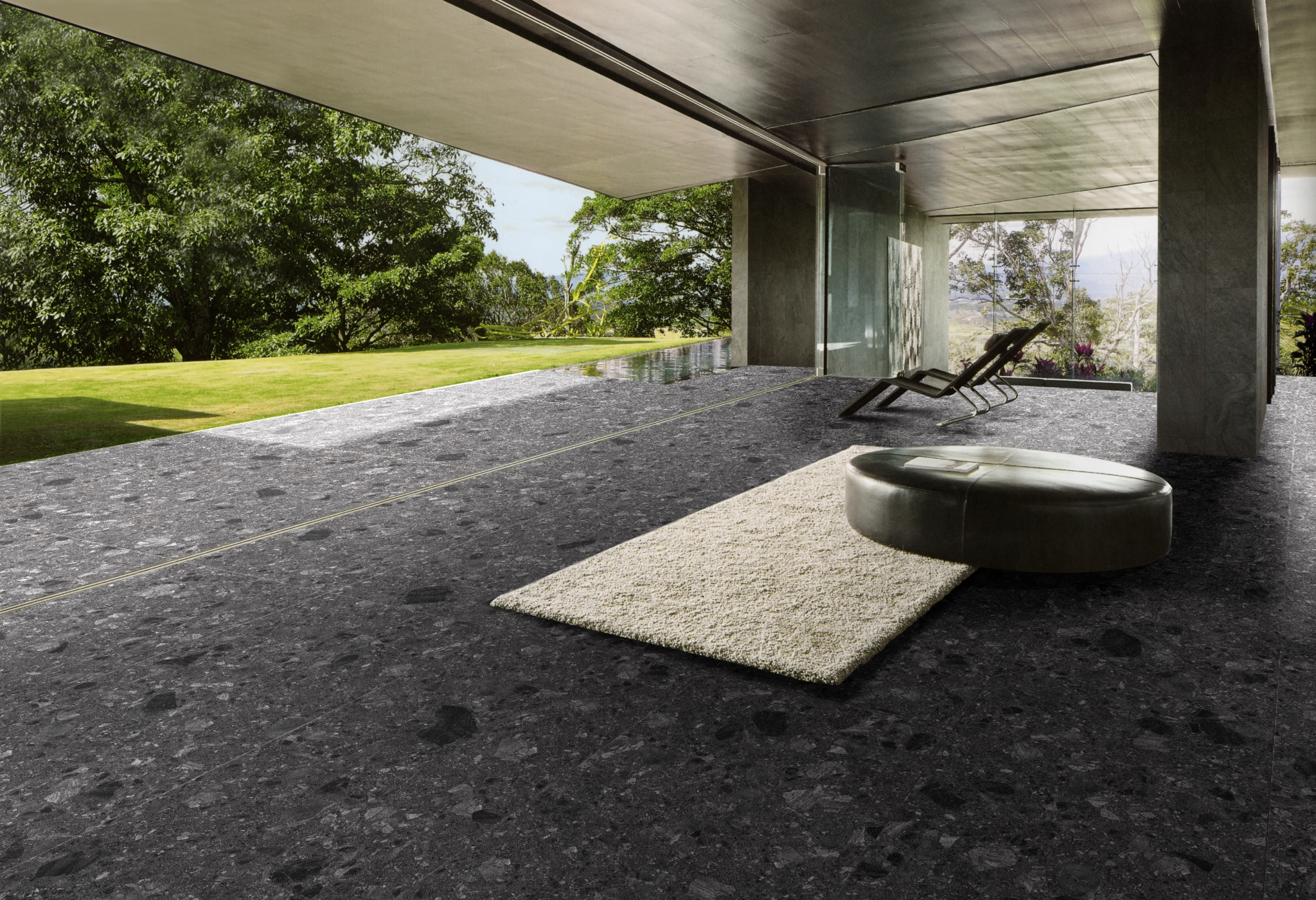Ceramic tile is a versatile and durable flooring and wall-covering option used in homes and commercial spaces. Known for its aesthetic appeal, water resistance, and ease of maintenance, ceramic tiles are a popular choice for kitchens, bathrooms, and outdoor areas.
What is Ceramic Tile?
Ceramic tile is a hard, clay-based material that is kiln-fired at high temperatures to create a strong and durable surface. It typically consists of natural clay, sand, and water, which are shaped into tiles and then glazed or left unglazed, depending on the desired finish, with glazed tiles featuring an additional protective layer that enhances durability and aesthetics.
Manufacturing Process of Ceramic Tiles
Here’s a step-by-step breakdown of how ceramic tiles are made:
1. Raw Material Preparation
Clay, feldspar, silica, and other minerals are mixed and refined to create a uniform composition. This ensures consistency in texture, strength, and durability.
2. Shaping
The refined mixture is moulded into tile shapes using pressing or extrusion methods, depending on the desired design and application.
3. Drying
The shaped tiles are carefully dried in controlled environments to remove excess moisture. This prevents cracks or deformities during the firing process.
4. Firing
The dried tiles are fired at 980–1,100°C in kilns, vitrifying the material and enhancing its hardness, strength, and resistance to wear.
5. Glazing (optional)
A protective and decorative glaze is applied before a second firing. This glaze enhances the tile’s appearance, adds waterproofing properties, and increases resistance to stains and scratches.
For a more detailed look at the production process, from raw material selection to final finishing, check out our guide on How Ceramic Tiles Are Made.

